Vertical Farming and Controlled Environment Agriculture (CEA)
The newest trend in agriculture is Controlled Environment Agriculture (CEA). This process enables us to grow high-value crops which can thrive and flourish inside a controlled environment. These environments include greenhouses, vertical farms and growth chambers with all the necessary requirements for plants to thrive and stay healthy while reducing the carbon footprint on the planet.
CEA offers many great benefits that other indoor farming techniques cannot provide including total control over every single aspect related with production, as well as being able to automate most tasks like watering plants or pulling produce out of its pods when ready instead of having someone on site who has to constantly monitor everything.
These CEA systems are more expensive than other methods of controlling crops. But they are also much more effective at making higher yields year after year because they can closely monitor everything from the water usage and quality to the air pressure and LED lighting using computer software. The software analyzes the data collected to identify when something needs fixing before it actually breaks down.
Hydroponic farming and Aeroponic farming are two methods CEA systems use to grow plants. Rather than using soil, hydroponic systems use water for plant growth. Plants will absorb all of the nutrients that have been included in the solution over time – increasing their output just like you would expect.
An aeroponic system exposes roots directly in air where they periodically receive a mist that has been fortified with vitamins for increased growth rates due to an improved nutrient absorption rate.
Plants grow faster and remain healthy in controlled environments, requiring less pesticides. This produces higher-quality crops that are larger than what would be possible with conventional farming methods.
Increasing food production with greenhouses is a safer, more reliable method. With these buildings close to cities, minimizing the footprint of agriculture creates a world of possibilities. This concept could then be applied in any city regardless of its location, so long as there is adequate infrastructure to support the farm.
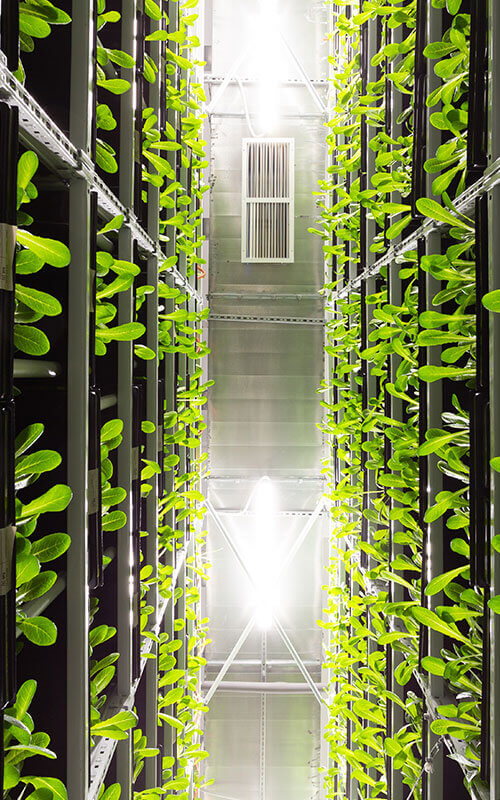
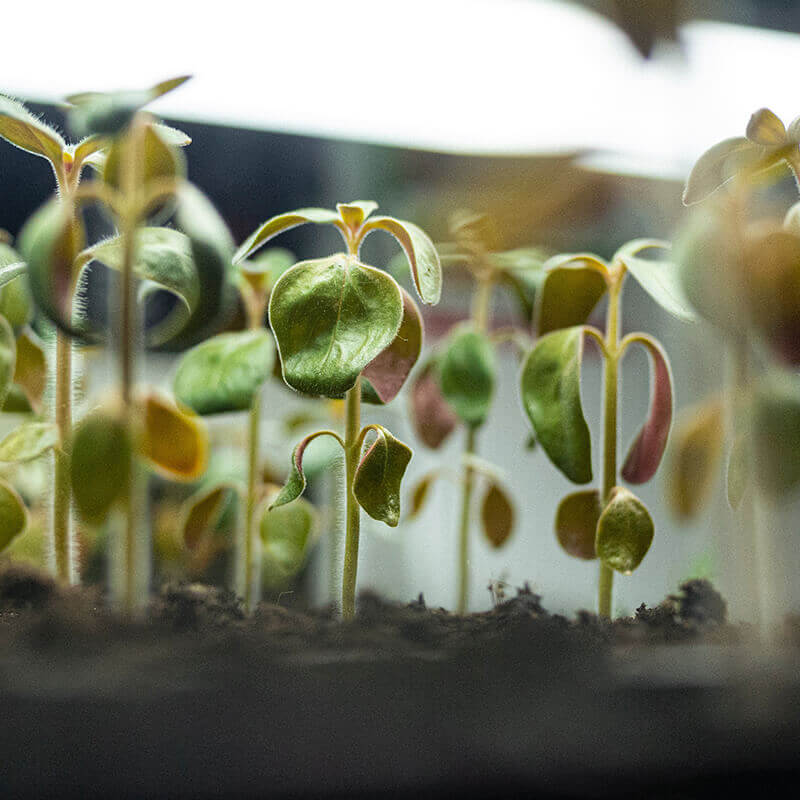
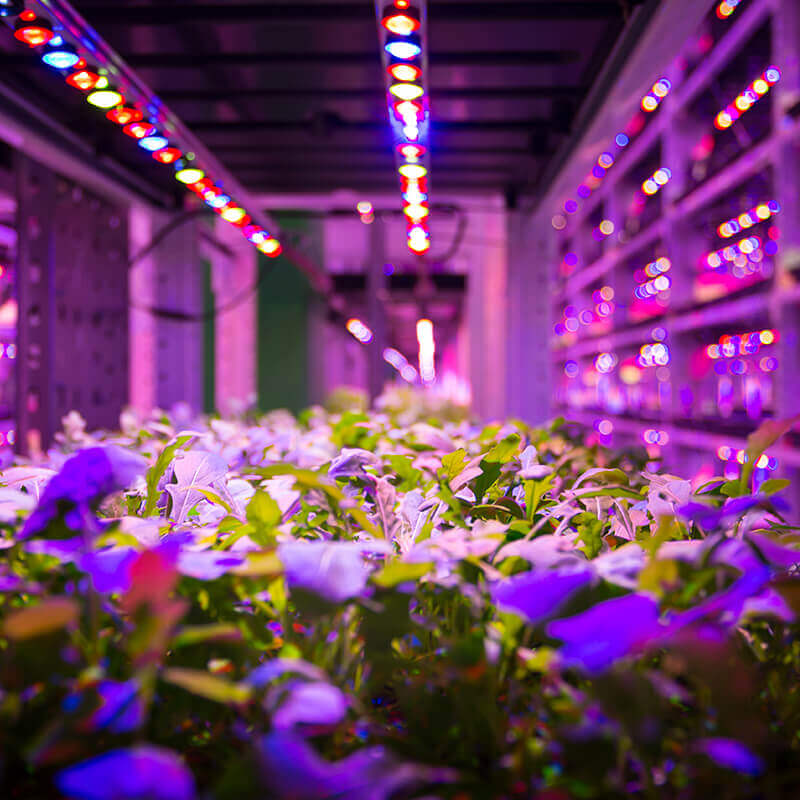
Is Vertical Farming More Profitable Than Traditional Farming?
There are many different elements that will need to be considered when it comes to building a successful vertical farm. You could be unwittingly committing your investment to disaster if you don’t know what steps come before and after setting up any given system, such as spectrum wave form analysis or nutrients analysis.
Key Elements to A Successful Vertical Farm
The three key elements for any successful vertical farming business are how high your operational costs are during production, how often yields from crops go up or down, and what all-inclusive price tag comes with building this type of sustainable system to begin with.
One challenge with growing plants in an indoor farm is that they each have their own specific needs concerning how much light each crop needs. This makes it difficult because one solution might work well for some species but not another.
Choosing the Right Lighting Equipment
Investing in the right lighting equipment, such as LED lights, is a necessary first step when setting up a vertical farm. Artificial lights can account for 30% of capital costs and 25-30% of operating expenses. If you want to achieve optimal crop yields with sustainable energy consumption levels, be sure not to miss this crucial detail when laying the foundations of your indoor agriculture set-up.
As of this time, it costs more to grow in a vertical farm but these costs are often passed onto the consumer who are willing to pay more. Artificial Intelligence technology is used to process data and control lighting more efficiently, as well as the use of robotics are helping to overcome the challenges faced by this new industry.
How Much Does A Vertical Farm Cost?
The rise of vertical farms is an interesting prospect. Vertical farms truly are the new crop for farmers.
With the upfront capital needed to design and establish a farm, it’s understandable why many are apprehensive about this new industry. However, those who have funds can see that long-term potential in profits from being at the forefront of developing markets make it attractive for them to invest their money here now rather than later when there may be more competition.
The last few years have been big for the vertical farming industry with investors like Jeff Bezos and Eric Schmidt, as well as various global Private Equity firms, this fast developing technology is increasing in popularity both domestically and internationally.
Vertical farming start-ups are increasingly being recognized and appreciated by everyone involved in the food supply chain, including food retailers. New technologies continue to reduce costs for vertical farms so that they can better compete with traditional farms and other common outdoor farming methods.
The long hours of artificial lighting and the need for heating, cooling, and dehumidification means a significant increase in electricity consumption, which means more greenhouse gas emissions.
One way to cut costs is by harnessing the power of solar panels. Solar energy has become a cheaper source of electricity for many parts of the world, and in some areas, it’s even more affordable than coal or natural gas.
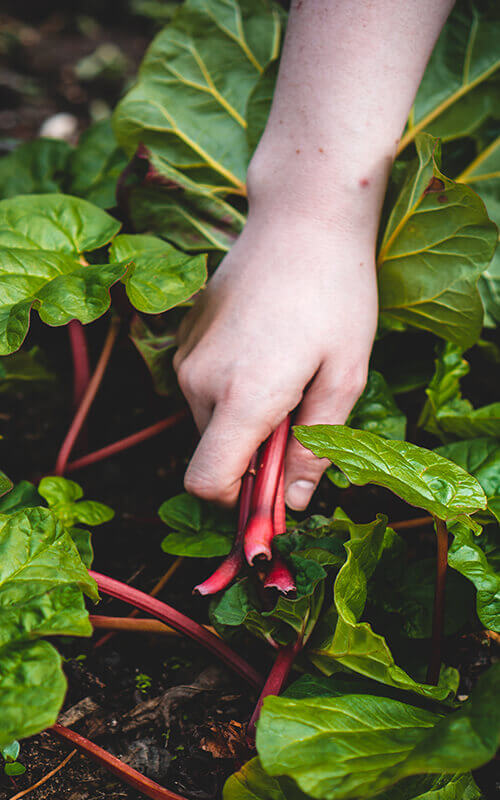
Stay Informed
Get Educated on Controlled Environment Agriculture.
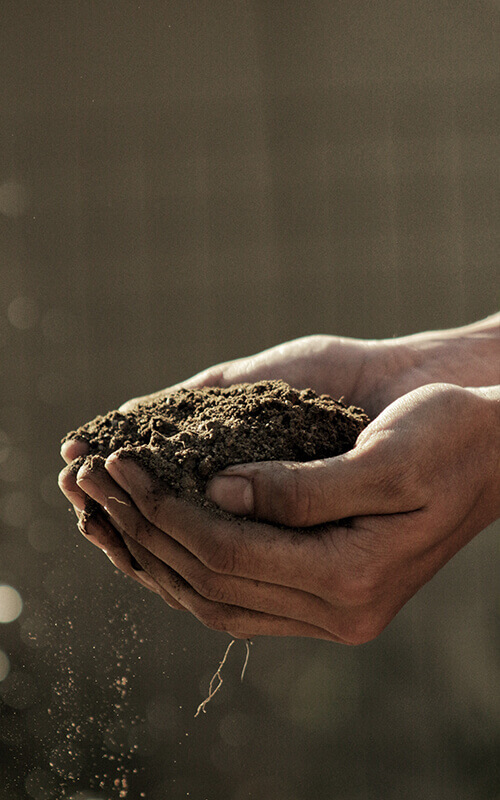
What Are The Disadvantages Of Vertical Farming?
This unique form of planting operates indoors, which may seem counterintuitive to what most people have grown up experiencing when it comes to plant life. However, vertical farms come with many benefits and advantages over traditional crop production methods outside – as well as some disadvantages.
One potential downside is the lack of pollination these plants experience due to bugs being unable or unwilling to enter an enclosed environment. Manual pollination is a tedious task. It requires an abundance of resources that can prove to be too expensive for some cultivators who are trying their hand at the business.
Vertical farming facilities don’t require as much space or water consumption because they can be stacked upwards and utilize water reclamation systems – which means it’s a great solution for cities with limited natural resources.
However, an efficient farm is composed of a range of technologies that need to work together to keep plants healthy while also cutting operation costs. Poor planning and design can have the opposite effect, delaying construction, ruining crops, and creating unnecessary expenses. So it’s very important to choose your vendors and design teams carefully.
What Problems Can Vertical Farming Technology Solve?
Vertical farming systems offer a way to increase crop yields, predict their product potential, maintain control of pests, and prevent the loss of crops against adverse weather conditions.
The yield can be so predictable and consistent that long-term contracts are possible with companies such as grocery stores, restaurants, or suppliers to provide additional income streams. This also means that seasons will no longer play a part into what can be grown.
Is Vertical Farming The Future Of Agriculture?
Professor Dickson Despommier of Columbia University proposed vertical farming in 1999. He and his students conceptualized a skyscraper farm that had the potential to feed up to 50,000 people. In 2020, there was approximately 74 acres of vertical farmland throughout the world.
This trend in agriculture has been growing steadily over the last ten years. A form of controlled-environment agriculture, vertical farming involves stacking crops to optimize growth and save space by incorporating warehouses, greenhouses, or even shipping containers to all contain this innovative setup for more efficient use of resources.
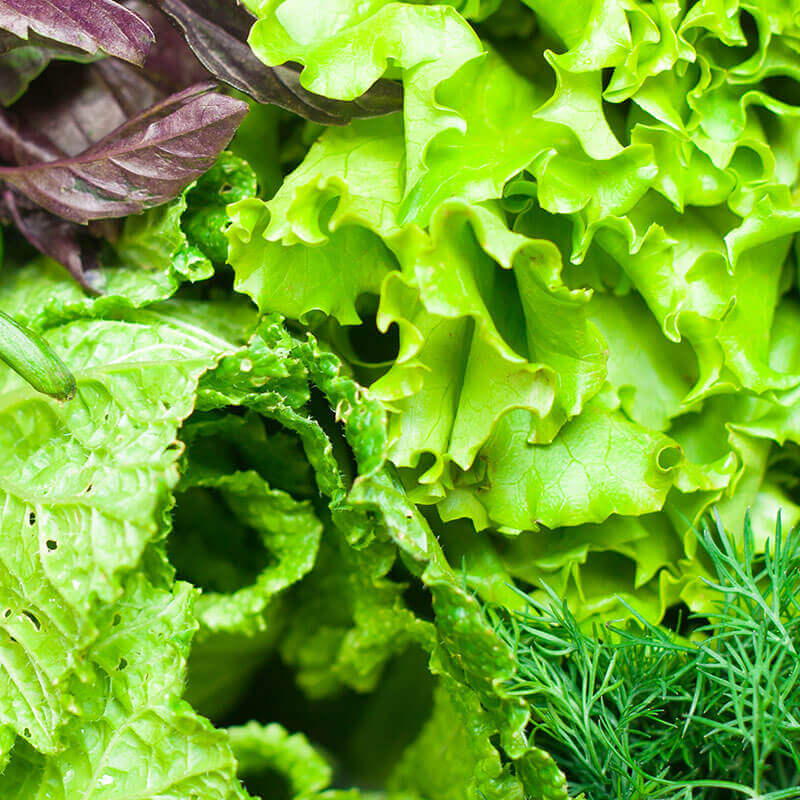
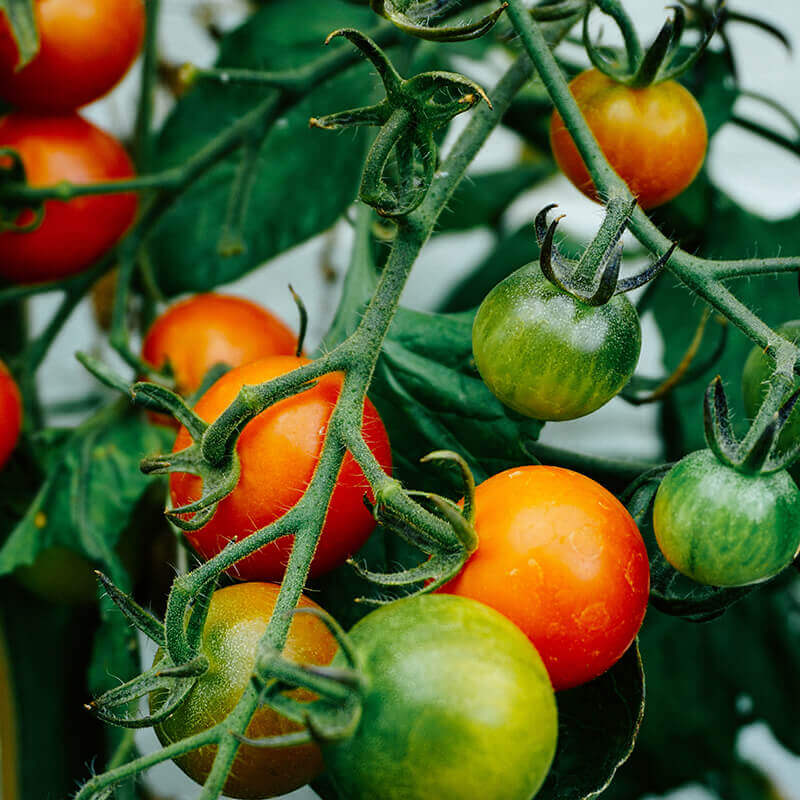
Advantages of CEA and Vertical Farming
Vertical farming has many advantages such as increased crop yield, decreased land requirements, and a larger variety of crops to be grown at once.
In response to the growing demand by consumers who want their food “fresh-from-the-farm-to-the-table,” leafy green vegetables are expected to be in greater demand across retail outlets.
In contrast to traditional outdoor farming, vertical farming requires less land and produces less CO2. Additionally, you can save up to 90% more water. In recent years, indoor growing of leafy greens has received increasing interest, which represents a great opportunity for the market.
According to Marketwatch, it is estimated that the vertical farming crops market will reach US $1,021.33 million by 2027, growing at a CAGR of 20.0% between 2019 and 2027.
Surna: A Leader in Vertical Farming Solutions
Surna Cultivation Technologies is leading the way among vertical farming operations and equipment to help meet the unique demands of enclosed environments. Surna’s technological innovation is incorporated into the HVAC design. This means the air that leaves the air handling units will be mixed with room air, allowing it to be delivered directly to the plants at the ideal temperature and humidity.
Because there is more demand for locally-grown organic produce and a limited amount of land available for traditional farming, the research into vertical farming has grown in popularity across the globe.
According to researchandmarkets.com, Leafy greens accounted for the largest market share in 2019 and herbs have registered as the highest CAGR over the forecast period. Leafy greens grown indoors can be harvested relatively quickly and can be grown in small spaces. The growing concern over food security and nutrition is also expected to spur the demand for leafy greens going into 2027.
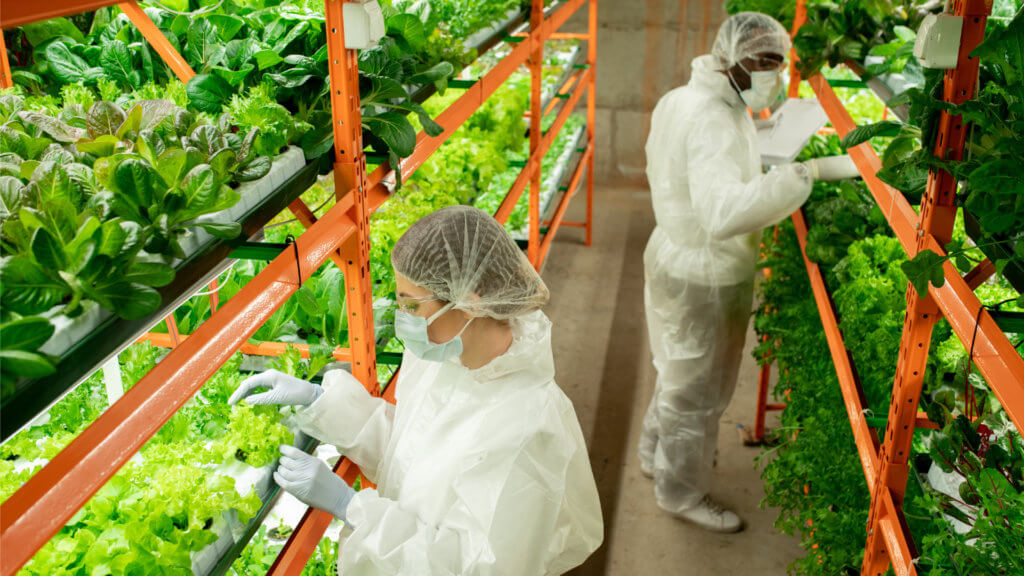

The Future Of Farming: Controlled Environment Agriculture And Vertical Farming
The future of farming is vertical. There are plenty of advantages that come with controlled environmental agriculture facilities (CEA) and with the demand for locally grown, fresh produce, there could be produce available at every corner market soon enough, giving us all access to fresh fruit and vegetables year-round.
We understand the intricacies of controlled environmental agriculture facilities and how they affect plant health, crop yields, carbon footprint reduction potentials and more.
With this deep understanding comes an ability to analyze a cultivator’s facility needs for HVACD systems design or other cultivation technologies in order to help them meet their goals while considering all factors that will impact success. Our solutions are tailored specifically to your needs so you have everything you need without unwanted surprises down the road. Let us work with you today!
Contact Us
Ready to get started or learn more about how we can help your facility succeed? Fill out the form and a company representative will be in touch.
Contact Us
Ready to get started or learn more about how we can help your facility succeed? Fill out the form and a company representative will be in touch.